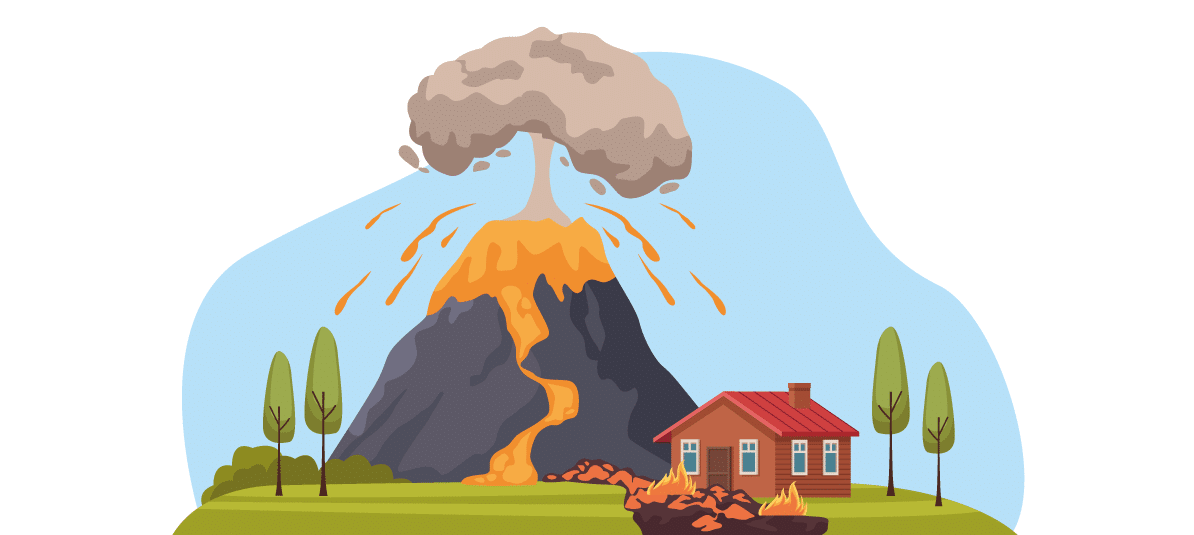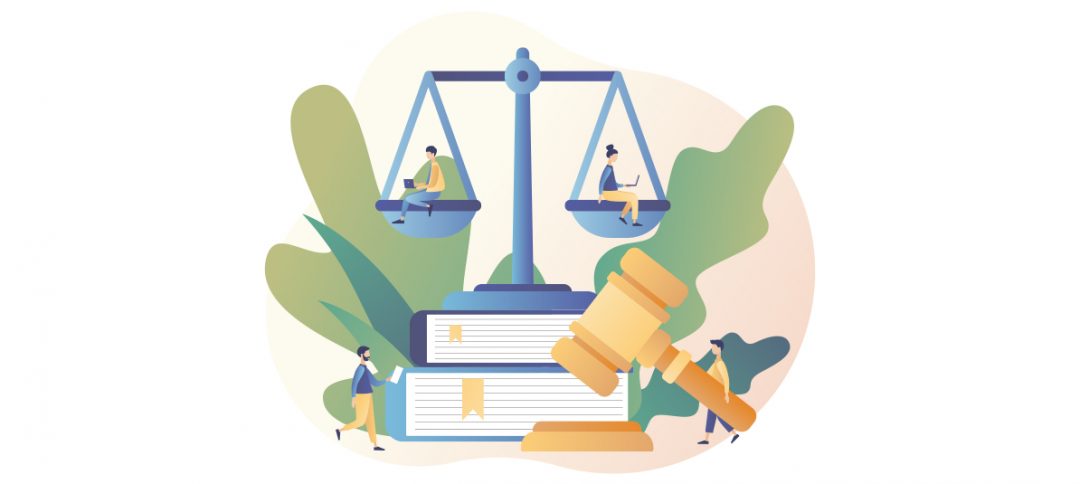Faced with the images of the volcanic eruption on the island of La Palma, or those of the devastation left by the DANA on Spain’s eastern seaboard, you have surely wondered if the people who have lost their houses or crops will be covered by some type of insurance, and how these damages will be compensated.
UNESPA clarifies any questions in this regard on its new website, Naturally Protected, which also sets out the steps to follow to apply for the compensation that the insured party may be entitled to.
Private compensation
The first point to make clear is that this page is aimed at people who have taken out an insurance policy. In other words, their compensation has nothing to do with the possible public aid that the State may grant.
The second point is to remind you that the explanations on the site are for guidance only. In other words, the insured party’s protection will depend on the coverage contracted and the scope of the damages established in the contract.
Who is responsible?
From this point, policyholders who have coverage for their damages will be compensated by one of these three institutions: their insurance company, the CCS, or Agroseguro. Everything will depend on the asset protected (a person, an object, animals or crops) and the origin of the damage. An insurer is a company that is responsible for financially protecting people and objects against the damages that they may suffer as a result of all kinds of risks to which they are exposed. These risks include certain weather-related events such as rain, lightning, hail or winds up to a certain intensity. The CCS is a public company affiliated to the Ministry of Economic Affairs and Digital Transformation. Its functions include providing compensation for damages caused by so-called “extraordinary risks“, which include several natural phenomena such as floods, storms or earthquakes. This coverage is possible thanks to a surcharge that is applied to practically all insurance policies in Spain. Finally, Agroseguro manages the Spanish Combined Agricultural Insurance system. Its objective is to establish a coverage that allows the agricultural sector to cope with the damages caused to crops and livestock herds due to weather phenomena (frosts, droughts, floods, etc.).
Ten nature-related risks
Naturally Protected features all the guidelines to follow when faced with ten different types of risks: rain, flood, wind, drought or frost, snow or hail, earthquake, tsunami, volcanic eruption, and lightning.
If you have suffered any damages due to a natural phenomenon, you’ll find the answers to all your questions on this new website. Enter Naturally Protected and find out more.









